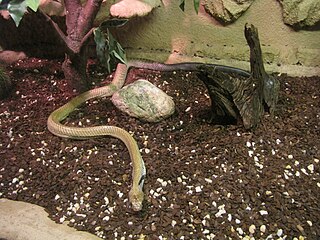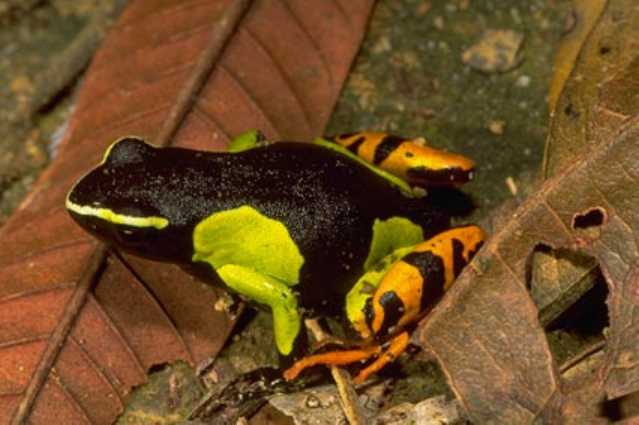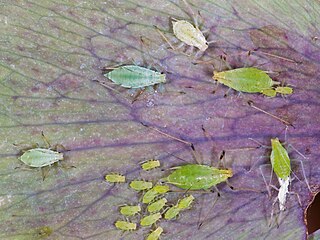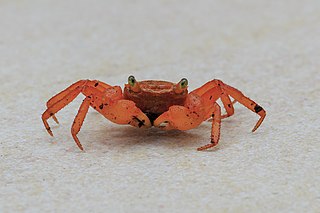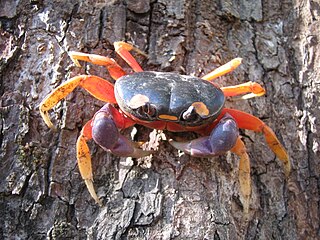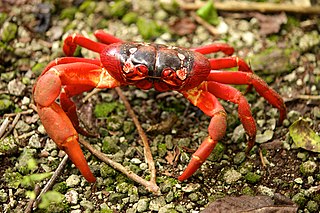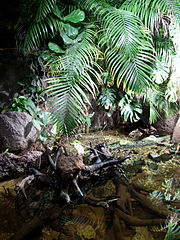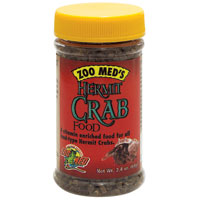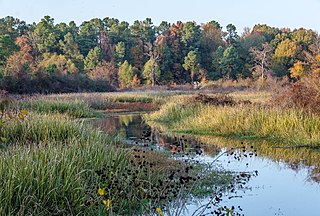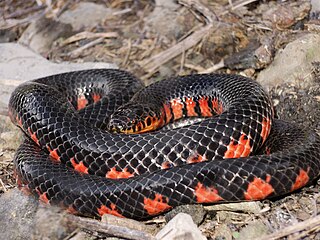With its stunning coloration and reputation as a responsive pet, the Eastern Indigo Snake (Drymarchon corais couperi) is on the wish lists of serious snake keepers worldwide. I had the good fortune to assist with a breeding/release program headquartered at the Bronx Zoo, but federal and state regulations, and astronomical prices, hamper private ownership. However, an equally large and striking relative, the Blacktail Cribo (Drymarchon melanurus melanurus), is far easier to acquire as a pet. My first encounter with this impressive snake in the wild came while I was working with Green Turtles in Costa Rica. Streaking through the seaside scrub on a hot afternoon, the beautiful 6-7 foot serpent impressed me as few others have. From then on, I searched for them whenever I was within their range, and eventually sighted specimens in Mexico and northern Venezuela. Zoos and private keepers in the USA have not shown too much interest, but thankfully that is changing. Experienced snake keepers looking for an “Indigo alternative” will, I’m certain, be very happy with this fascinating snake.
Description
Robust and alert, the Blacktail Cribo averages 5-6 feet in length, but may approach or slightly exceed 8 feet. Most individuals are light to yellowish tan with a jet black tail and black markings on the neck, but there is a great deal of variation throughout their large range. Some are almost yellow, while others lack the black tail entirely. Breeders are focusing their attention on particularly-attractive specimens, and will likely develop distinct color strains in time.
Where their ranges overlap, hybridization occurs with the Western or Texas Indigo Snake (D. corais) and with a related Blacktail Cribo subspecies, D. m. erebennus (also sometimes referred to as the Texas Indigo Snake).
Range and Habitat
The Blacktail Cribo ranges throughout much of Mexico south through Central America to northern Venezuela, Columbia and Peru. It’s presence in El Salvador, Panama and Peru needs further confirmation. The northern subspecies, sometimes known as the Texas Indigo Snake (D. m. erebennus), is found from southern Texas to Guatemala and Belize.
The Blacktail Cribo is less demanding in its habitat requirements than is its highly endangered cousin, the Eastern Indigo Snake. It tolerates some disturbance, and may colonize farms, the outskirts of small towns and cattle ranches. When I worked in Venezuela’s llanos country, ranchers reported that Blacktail Cribos were sometimes seen near storage sheds and outbuildings. Chicken coops were not common in the area, but I’m guessing they would be a favored stop-off for these ever-hungry brutes as well! Natural habitats include thorn scrub, brushy areas within the llanos, open woodlands, desert fringes and swamps.
Blacktail Cribos actively search for their prey, which includes a surprisingly-wide array of creatures. Rodents, rabbits, snakes, birds and their eggs, lizards, frogs, fish, small turtles are large insects have been reported as being taken. I have first-hand experience with impressive biting power packed by most rodents, and find it amazing that Cribos do not utilize constriction, but merely grab and swallow their victims!
Blacktail Cribos as Pets
In common with the Eastern Indigo Snake (please see photo), wild caught or un-habituated individuals may make a show of flattening their heads, hissing and vibrating the tail when approached. However, with care and attention, most calm down. In fact, many consider them to be among the gentlest of the larger Colubrids, on par with captive reared Eastern Indigo Snakes.
Alert and quite aware of their surroundings, Blacktail Cribos seem much more responsive than is typical of snakes in general. However, they tend to move about when held, and can be difficult to control. Bites may occur even where well-habituated pets are concerned, as hungry individuals will strike at nearby movements.
The Terrarium
Cribo ownership should not be entered into lightly. They are very active, and do poorly in cramped quarters. A typical adult requires a custom-built cage measuring at least 6 x 4 feet.
A dry shelter, and another stocked with moist sphagnum moss, should be
available.
Substrate
Cypress mulch, eucalyptus bark and similar materials may be used as substrates. In common with Indigo Snakes, Cribos produce copious, watery waste products at frequent intervals…near daily cleaning is often necessary. Keepers weaned on Ball Pythons and similar snakes will be in for quite a surprise! Enclosures should be cleaned regularly with a reptile-safe product or diluted bleach or Nolvosan.
Due to this snake’s vigorous movements, newspaper tends to wind up crumpled in a corner. Washable terrarium liners be used for younger animals kept in aquariums.
Heat and Light
Blacktail Cribos favor cooler temperatures than might be expected, and fare best at a range of 70-78 F. An incandescent bulb should be used to create a basking spot of 85 F.
Large enclosures are necessary if a thermal gradient (areas of different temperatures) is to be established. Thermal gradients, critical to good health, allow snakes to regulate their body temperature by moving from hot to cooler areas.
A ceramic heater, heat pad, or red/black reptile night bulb can be used to provide heat after dark.
Feeding
As mentioned above, Cribos will eat nearly any animal that can be overpowered. Captives do fine on a straight rodent diet, but some private and professional keepers advise providing more variety. I favor this approach on general principles and because, unlike many other snakes, Cribos tend not to become “fixated” on one food item as opposed to others. Chicks, shiners, trout, eggs, and any pet trade rodents you may wish to offer will all likely be accepted.
Blacktail Cribos should be offered smaller meals than might be accepted by similarly-sized snakes of other species, as their jaws do not stretch to the same extent. Small to medium rats are about the largest food item that should be offered to adults. They have fast metabolisms, and may need to be fed a bit more frequently than each 7-10 days.
The 18-24 inch-long hatchlings may prefer fish scented rodents at first, but are easily weaned onto unscented mice in time.
Water for drinking and soaking should be available. Bowls are best filled to a point where they will not overflow when the snake curls up within, as damp conditions will lead to fungal infections of the skin and other health problems.
Breeding
Captive breeding successes are increasing, but as with Eastern Indigo Snakes consistent results have been elusive. Pairs must be monitored carefully, as males may bite females during courtship. Please post below for further information, or to share your own experiences.
Further Reading
 That Reptile Blog – Reptile, Amphibian and Exotic Pet Care and Information
That Reptile Blog – Reptile, Amphibian and Exotic Pet Care and Information

